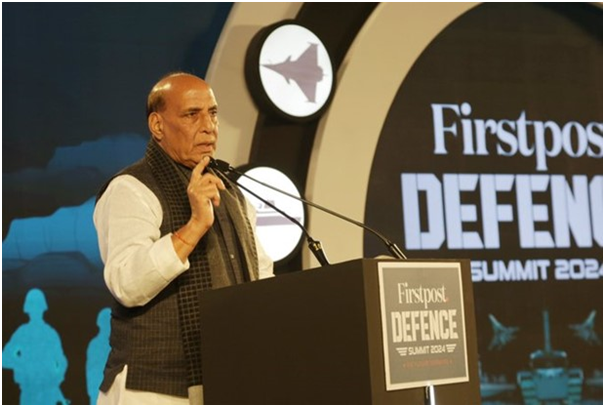
On
the major steps taken in the field of defence manufacturing, the Raksha Mantri
said the Ministry of Defence notified five positive indigenisation lists of the
Services, comprising over 500 items, and four other lists, with over 4,600
items for DPSUs,to ensure that the soldiers use made in
India weapons and platforms. He also referred to the decision to earmark 75% of
the capital acquisition budget for procurement from local companies. He added
that some people were of the view that indigenous weapons won’t be world class;
however, the government believes in the capabilities of the domestic industry
and that they can consistently improve & deliver state-of-the-art products.
He pointed out that the Government’s persistent
efforts towards self-reliance have started to bear fruit as the defence
production has crossed Rs one lakh crore. Shri Rajnath Singh was of the view
that through initiatives like setting up defence industrial corridors in Uttar
Pradesh and Tamil Nadu, the Government is making sure that modern military
hardware is not only manufactured in India, but also exported to friendly
countries. “Earlier, India was known to
be an arms importer. But today, under the leadership of the Prime Minister, we
have come out of our comfort zone and found a place in the list of top-25 arms
exporter nations.Seven-eight years ago, defence exports did not even touch
Rs 1,000 crore. Today, it has touched Rs 16,000 crore. By 2028-29, annual
defence production is expected to touch Rs three lakh crore and defence exports
Rs 50,000 crore,” he said.
Shri Rajnath Singh described it as the Government’s
aim to manufacture high-end systems like aero-engines and gas turbines in India
in the coming five years... He highlighted the Government’s efforts towards
infrastructure development, such as Sagarmala & PM Gati Shakti schemes, as
well as towards social welfare, which are ensuring holistic development of the
country. He said the government has been working on big long-term
infrastructure projects, wherein the outcome is visible after 5-10 years, underlining the Prime Minister’s clear
vision to create next generation infrastructure for future generations.